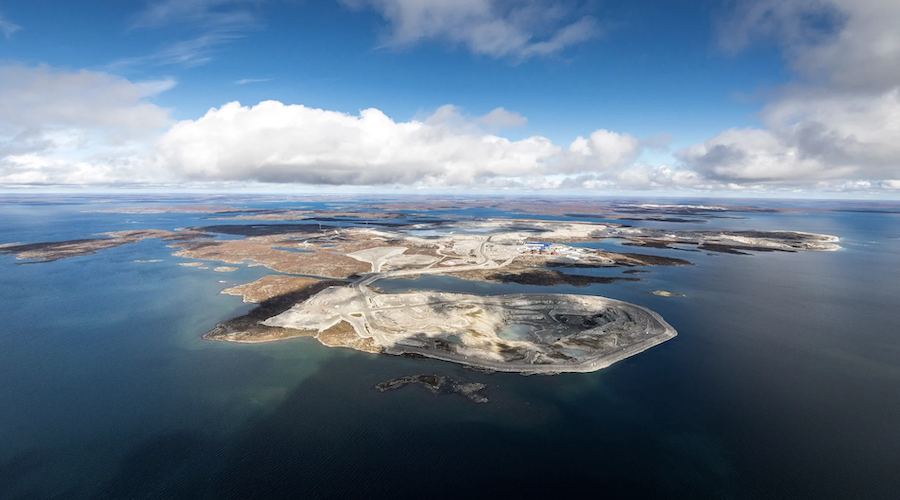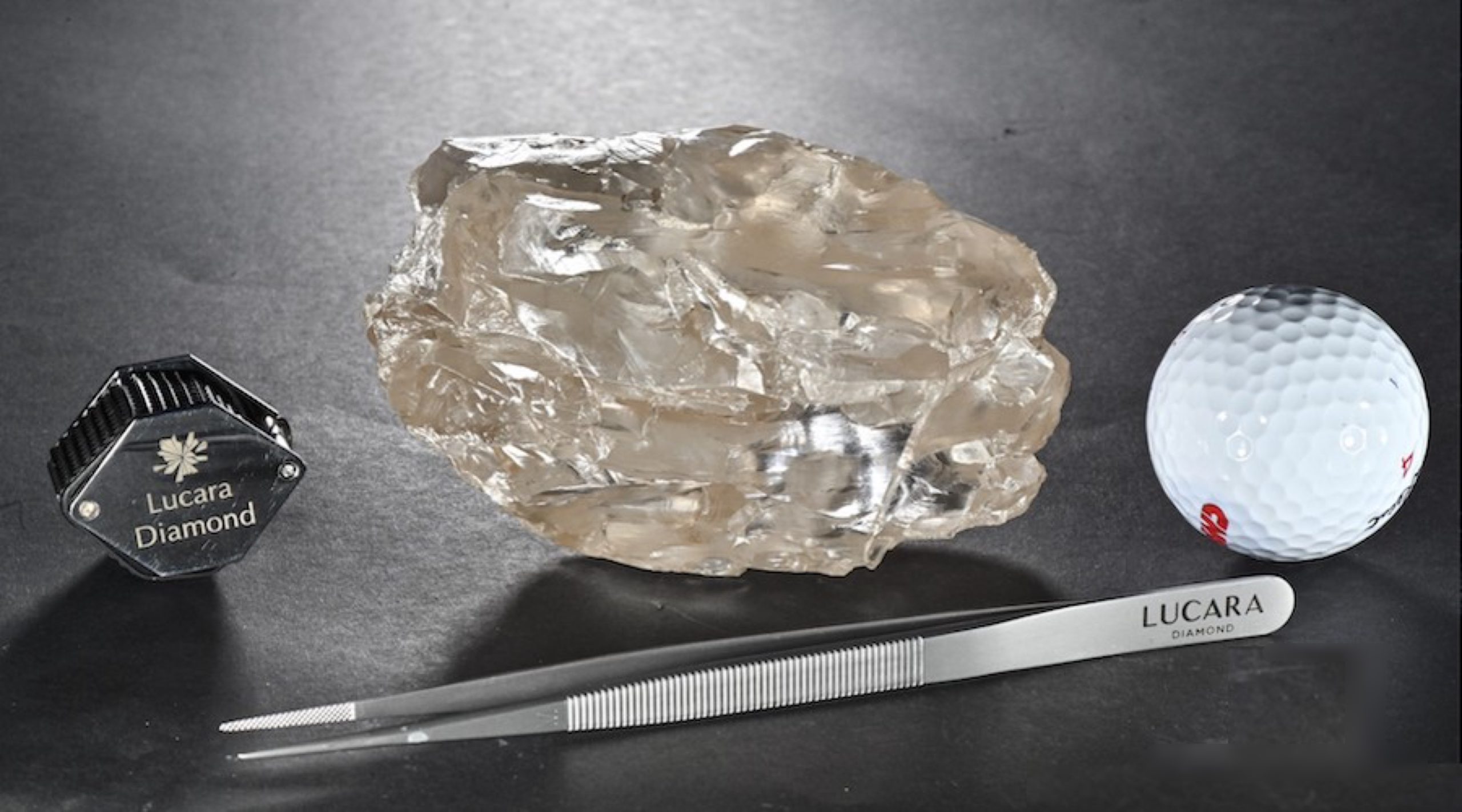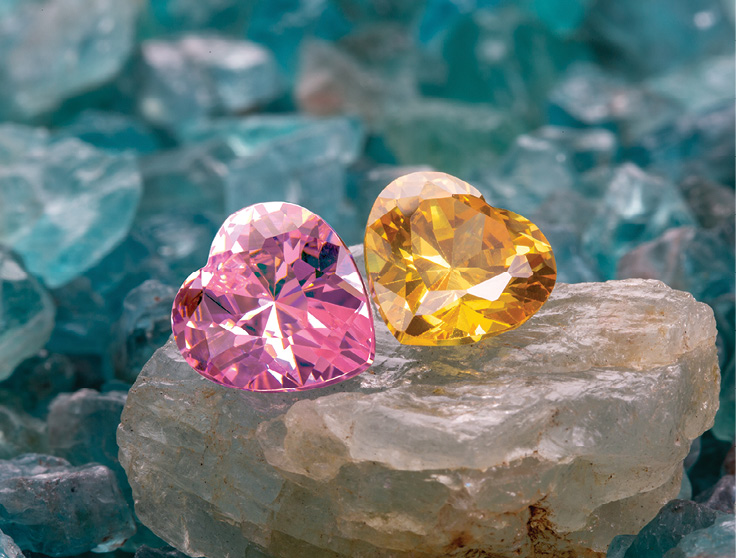TORONTO - The plan to go underground at the Diavik diamond mine in the Northwest Territories means a longer mine life and more reserves.
Proven and probable reserves now stand at 21.9 million tonnes containing 77.1 million carats, despite having mined 10.1 million tonnes containing 41.5 million carats since the start of commercial production when reserves were 21.7 million tonnes containing 95 million carats.
Commercial production began in 2003 at Diavik, which is 60%-owned by operator RIO TINTO and 40%-owned by HARRY WINSTON DIAMOND (formerly Aber Diamond).
The addition to the reserves category means that resources have decreased to 7.7 million tonnes containing 24.2 million carats from 11.7 million tonnes containing 31.4 million carats back in 2003.
Harry Winston notes that the revised resource estimate does not include depth extensions of kimberlite pipes that have been identified through only geophysical testing because they are not defined well enough.
The company is holding off on testing the depth of the A-154 South kimberlite pipe until next year because it would cause a disruption to current production.
All together, the company has three pipes in the reserve and the resource categories A-154 South, A-154 North and 418, which all have open pit and underground components.
The A-21 pipe has not been included in the current mine plan as it has not been upgraded to reserves yet. A seven-hole, large-diameter drill program is under way with the goal of finding a diamond sample large enough to support a production decision. The company expects to have a diamond valuation completed by the end of 2008.
If the A-21 study doesn't support commercial production, the mine plan will be modified so that underground production will fill the A-21 void between the years 2012 and 2016.
Rio Tinto and Harry Winston spent a combined $288 million on underground development in 2007 and have budgeted $345 million for 2008 and $213 million for 2009 to complete the underground and related infrastructure.
From that point, the companies estimate that $39 million per year will be needed each year until 2020, if no new ore bodies are discovered.
Underground costs are expected to be higher than open pit costs at an average of $90 per tonne for cut-and-fill mining, which will be the predominant method, and about $66 per tonne for blast-hole stoping. Open pit costs average $53 per tonne of ore mined.
-- By The Northern Miner staff.





Comments